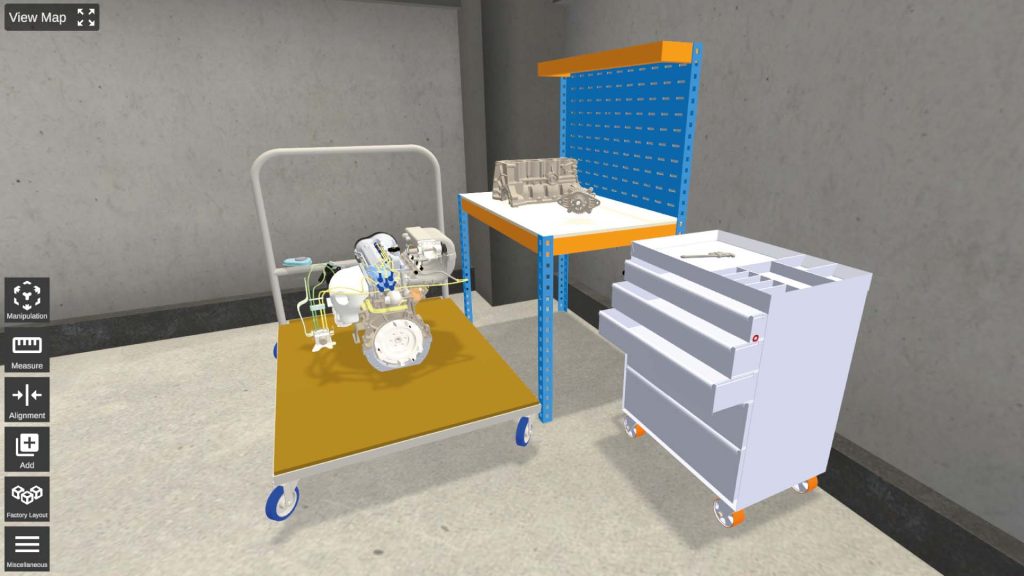Theorem-XR has announced its Q2 2022 release, with broadened XR capabilities, such as the possibility to load multiple models into a session, and enhancements for Microsoft HoloLens 2.
The company said this release was developed with a focus on handheld Augmented Reality devices, to make XR easier to use, deploy and adopt across the enterprise using existing hardware (Windows, Android, and iOS devices).
“We’re always looking to broaden our XR capabilities to allow users a simpler, more collaborative, and adaptable experience. We are finding that ease of use helps to smooth the way for ease of adoption” says Theorem consultancy director Ryan Dugmore.
“Using existing technology to prove a use case is always going to be easier than convincing a team to buy new technology where value or return on investment cannot be easily identified,” he went on.
The latest updates to the Theorem-AR application, include the possibility for users to load multiple models into a session, whereas, previously, they could only load single datasets to visualise and review.
Being able to now load multiple datasets aims at broadening use cases; for example, it allows users to visualise pre-defined, digital layouts that previously would have only been available for users of MR or VR.
Users with data from AEC applications such as Revit, Navisworks, IFC, and all major CAD systems, should now be able to visualise a combination of datasets in the same environment on handheld Augmented Reality devices (tablets, smartphones, etc.).
Additionally, the Theorem-AR app should now include the ability for users to isolate components, and improved image tracking support.
Besides Augmented Reality-related features, Theorem Q2 2022 release should bring a variety of features, including a host of enhancements for the Microsoft HoloLens 2, the Theorem-XR use case-based experiences for Mixed and Virtual Reality and additional functionality for Theorem Visualization Pipeline (TVP).
Users of the Microsoft HoloLens 2 should now be able to take advantage of the new location feature, which should allow them to define where 3D models appear in relation to a QR code.
Being able to render data in this way, Theorem said, brings greater accuracy and flexibility to the review process for tracking digital content against physical objects.
Theorem said that another new feature for the HoloLens 2 at this release is the ability to markup digital design data in a live session using a ‘holographic pen’.
Choosing the pen tool from the system menu should enable users to add annotations to highlight required changes, potential clash issues or to leave a note of requirements for users unable to attend collaborative sessions.
VR users should now be able to scan view the assembly structure as they would in CAD, with the option to highlight specific parts and components, which should make it easier for them to navigate their designs and go straight to the components they need to review with their scene.






